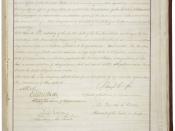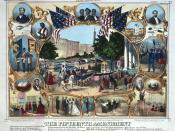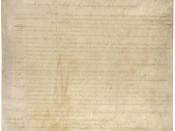Former United States Attorney General Ramsey Clark wrote in the New York Times, "A right is not what someone gives you; but what no one can take away." It is in this vein that a country drafts legislation to protect the rights of their inhabitants. In the United States there is the Bill of Rights, which consists of a preamble and the first ten amendments to the United States Constitution, 1787 . The Charter of Rights and Freedoms is the first part of the Canadian Constitution Act, 1982 . Both of these documents provide for the rights and freedoms that both countries see as inalienable to their respective populations.
This is where the similarity between them ends. These documents are vastly different. They were crafted in different centuries and therefore have different emphases. One key difference between the two documents is how they treat criminal law and the rights attached to an investigation.
Another interesting comparison is what both documents do not discuss.
In Canada, if a person is detained they are required to be informed of their constitutional right to an attorney in accordance to Section 10(b) of the charter and SCR R vs. Therens 1985. The judgment reads:
"Where a detainee is required to provide evidence which may be incriminating and where refusal to comply is punishable as a criminal offence,... s. 10(b) imposes a duty not to call upon the detainee to provide that evidence without first informing him of his s. 10(b) rights and providing him with a reasonable opportunity and time to retain and instruct counsel."
In the United States, a detainee's right to council falls under amendment six to the constitution . Chief Justice Warren's report reads:
"The prosecution may not use statements, whether exculpatory or inculpatory, stemming from custodial interrogation of the defendant...



Thoughts
This essay will help a lot, cause i have a isu in law on the same topic. Thank you so much, this essays will give me any idea of what i can write about although i do deagree with some point in your essay but overall its good and it'll help a lot. It just needS a little more information on what the bill of right is on by it self and what the Charter is by itself, and something that can also be explained is one better than the other adn why?
2 out of 2 people found this comment useful.